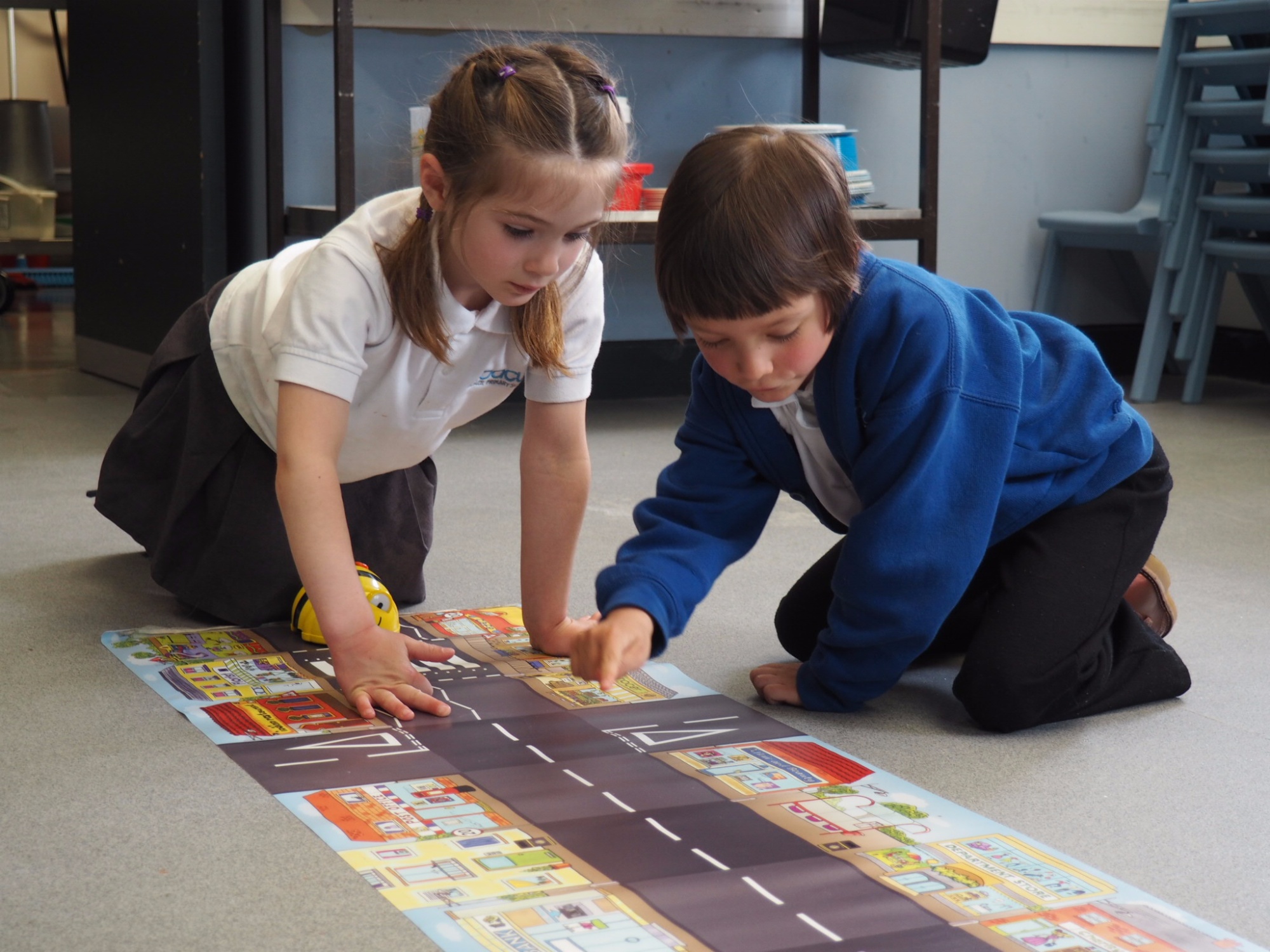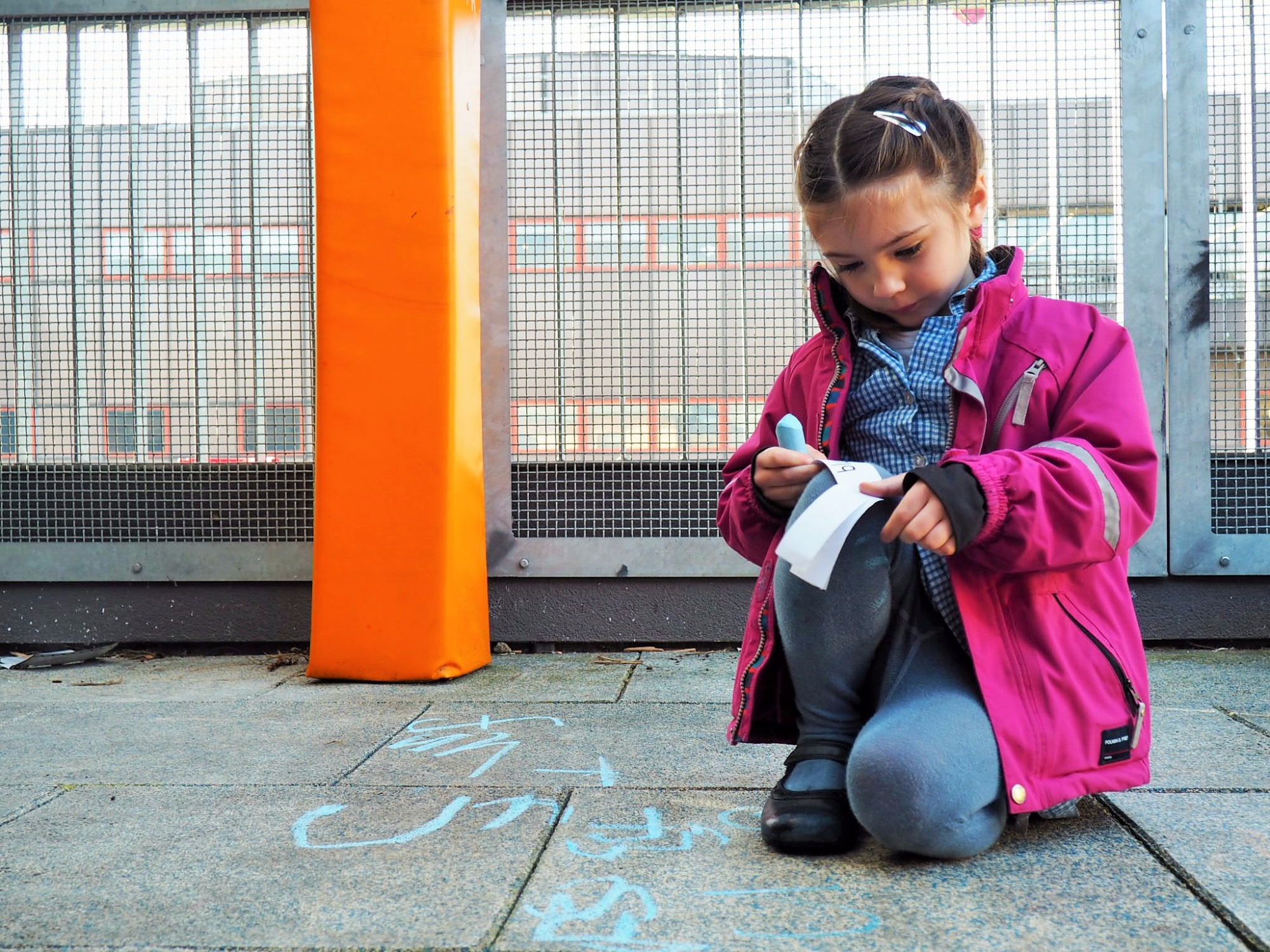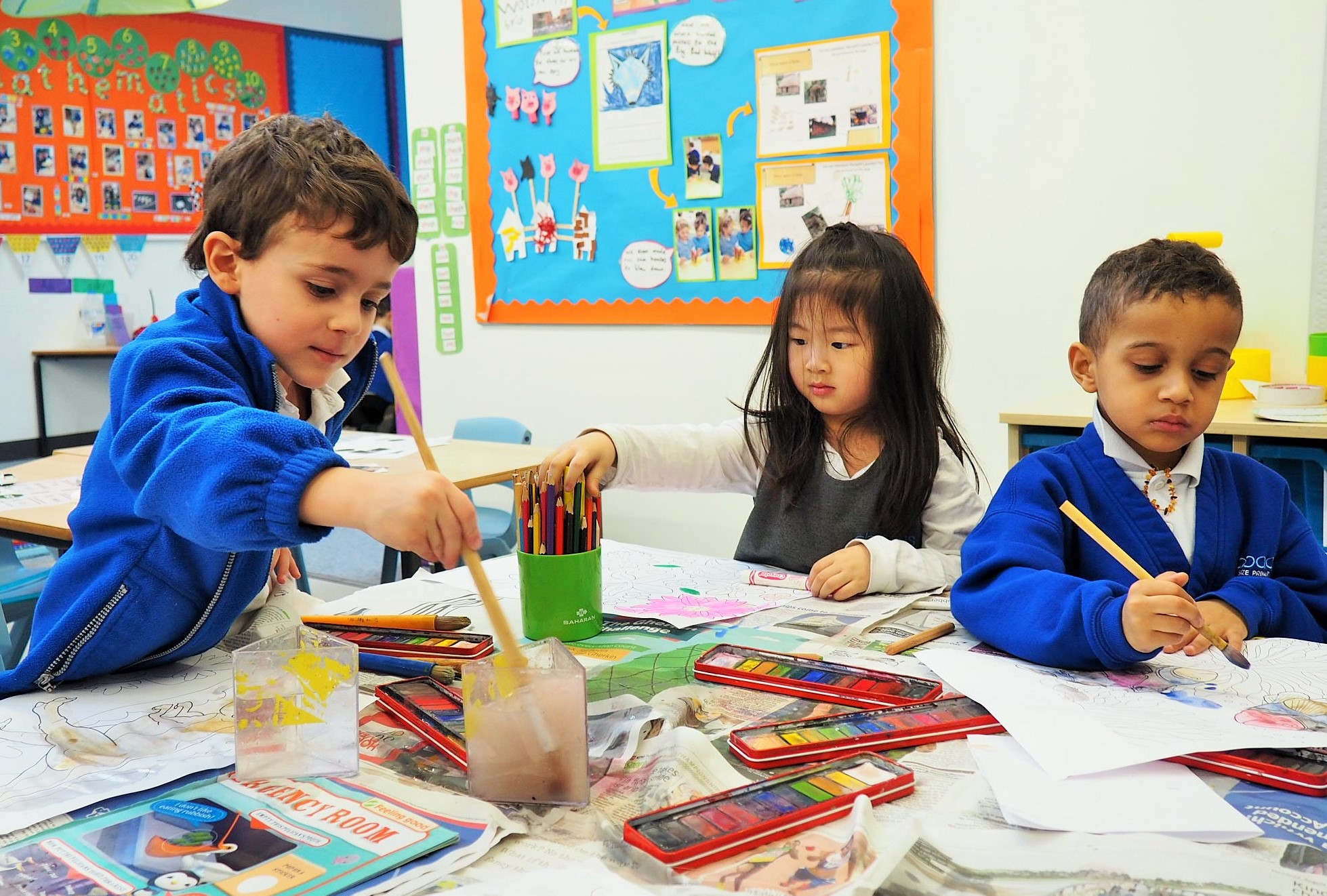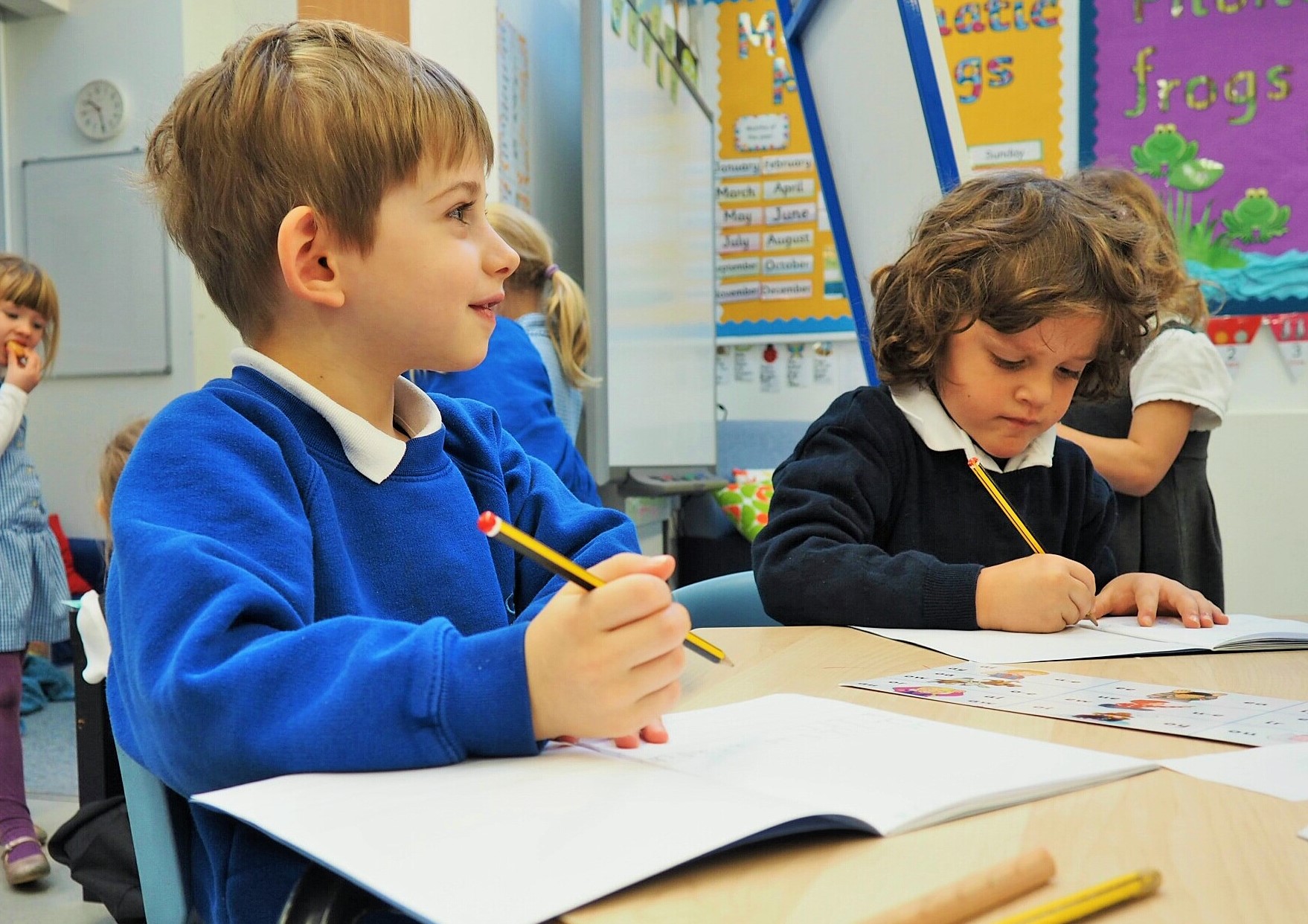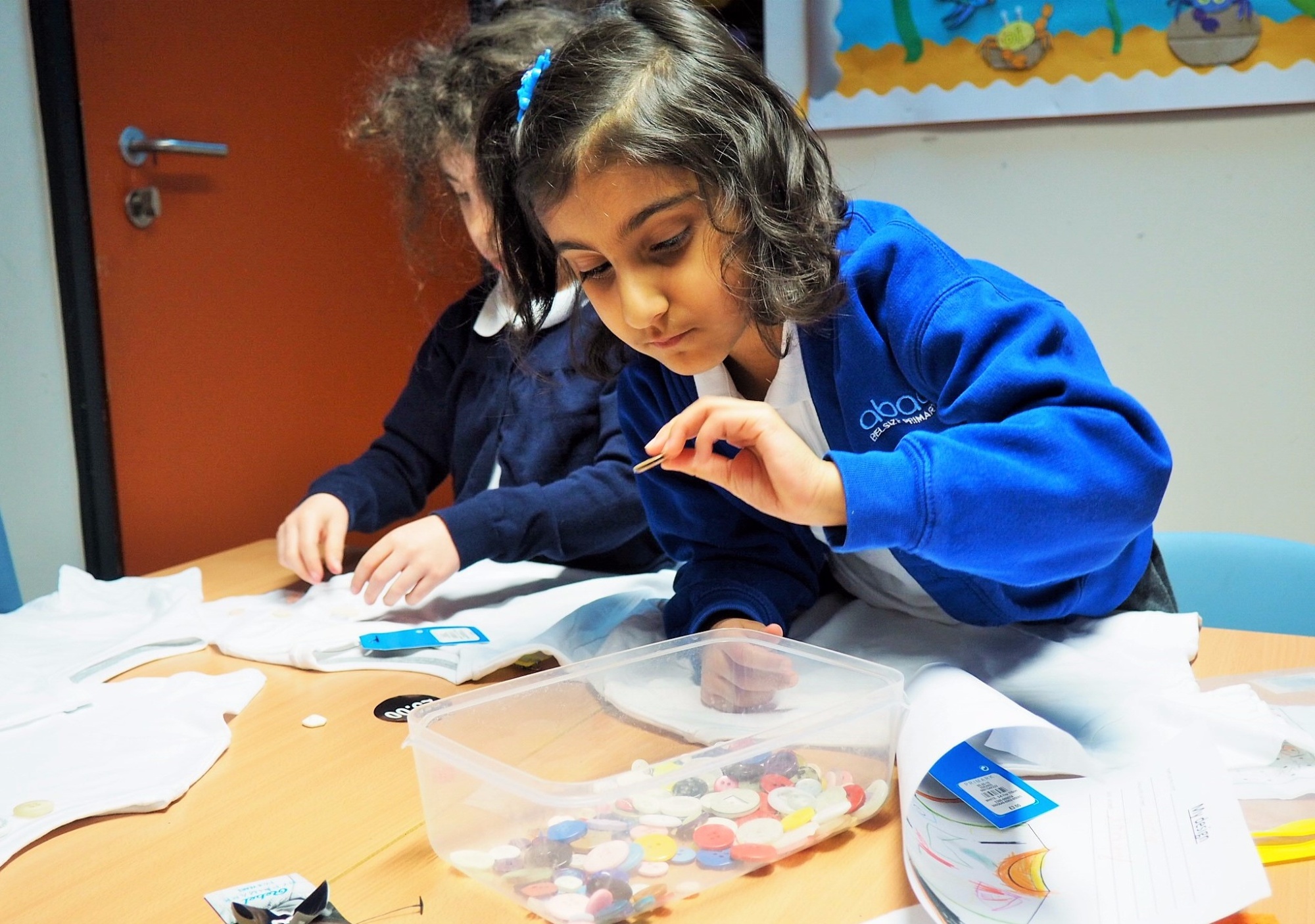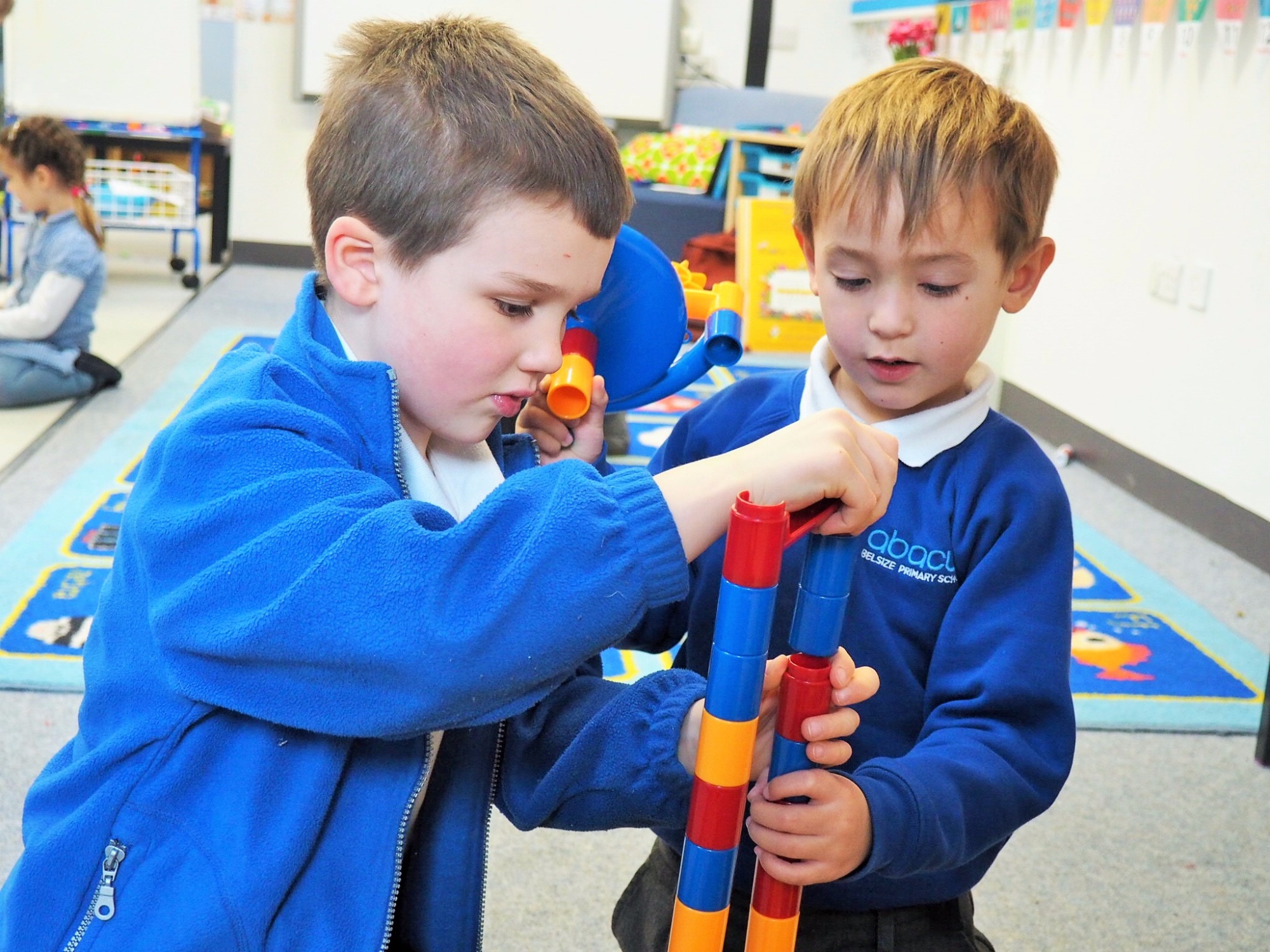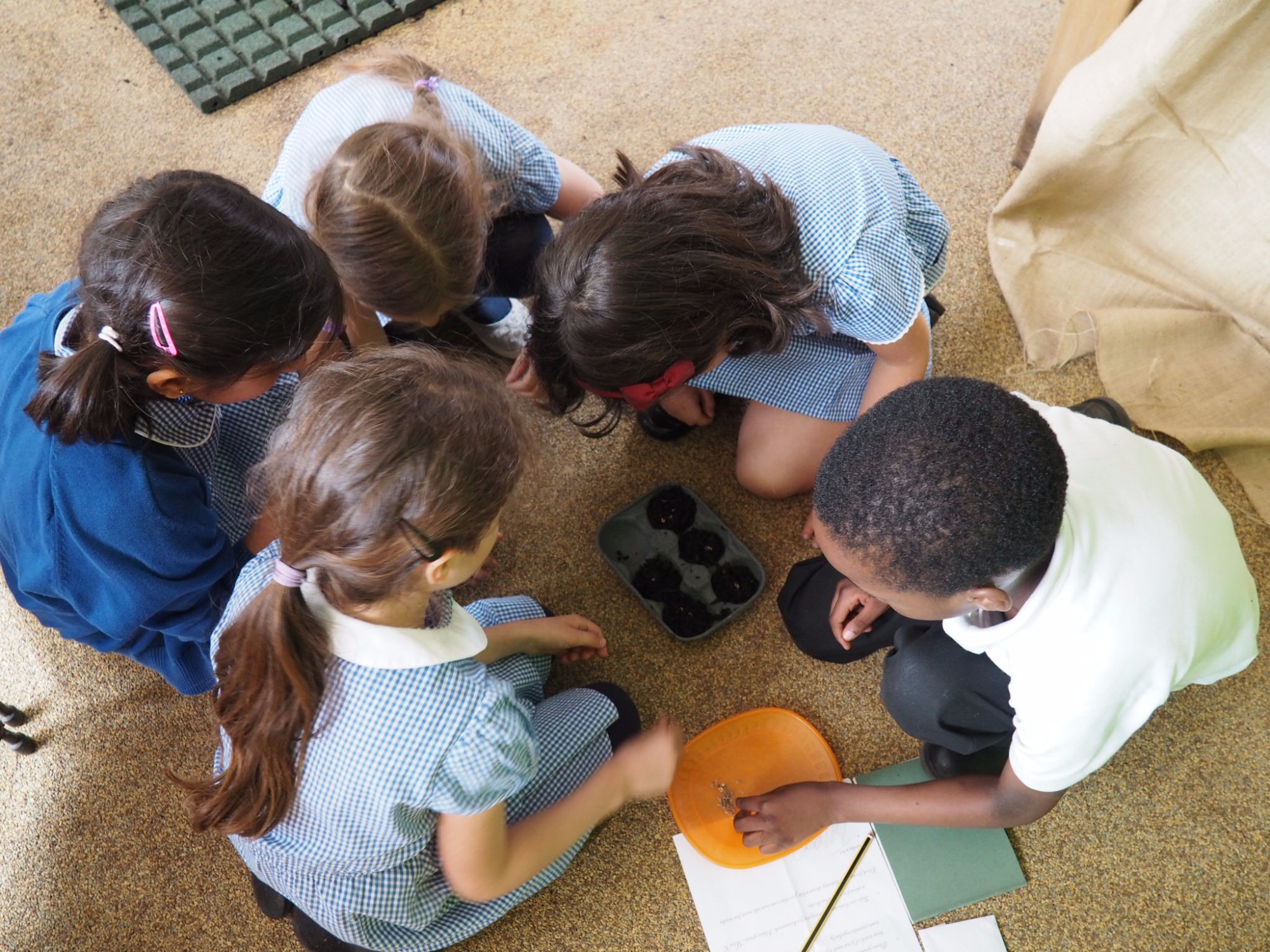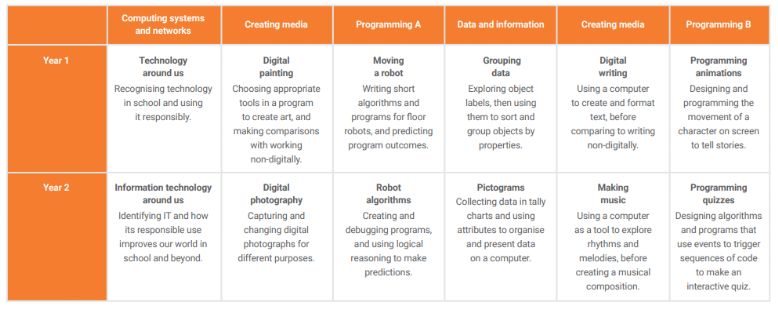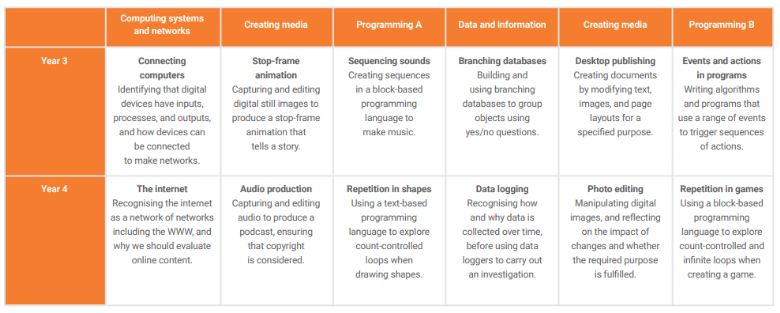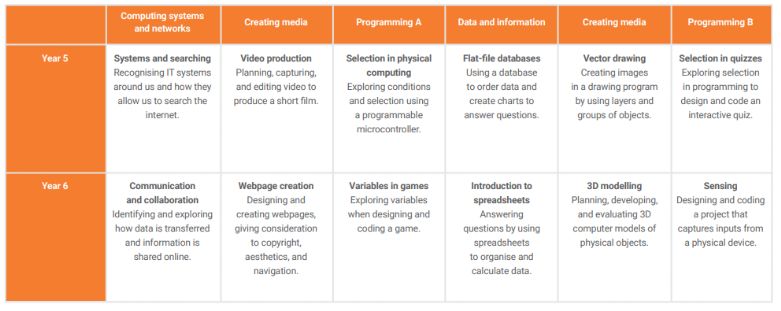Computing
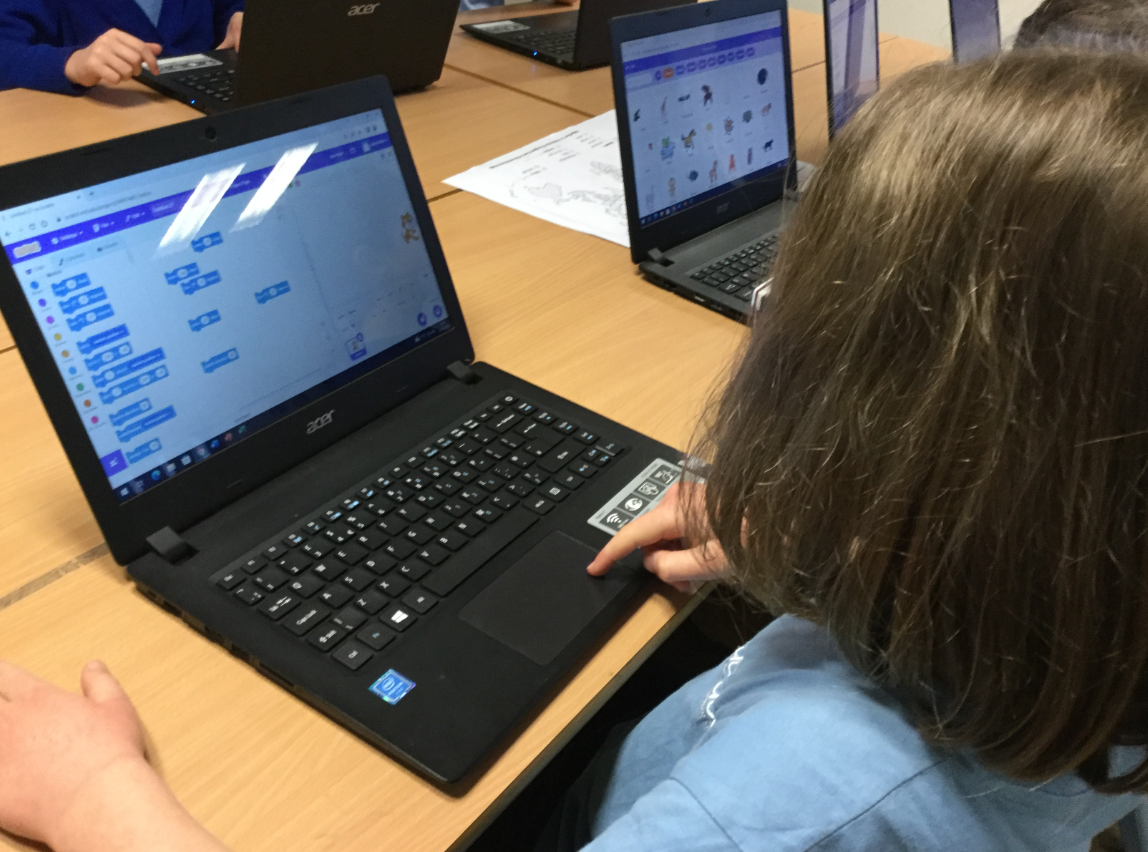 Children at Abacus THRIVE because they are programmers, engineers, technicians, developers, creators.....! They communicate ideas, connect safely and respectfully and create with purpose.
Children at Abacus THRIVE because they are programmers, engineers, technicians, developers, creators.....! They communicate ideas, connect safely and respectfully and create with purpose.
"Our teachers plan our learning very well." - Year 4 pupil.
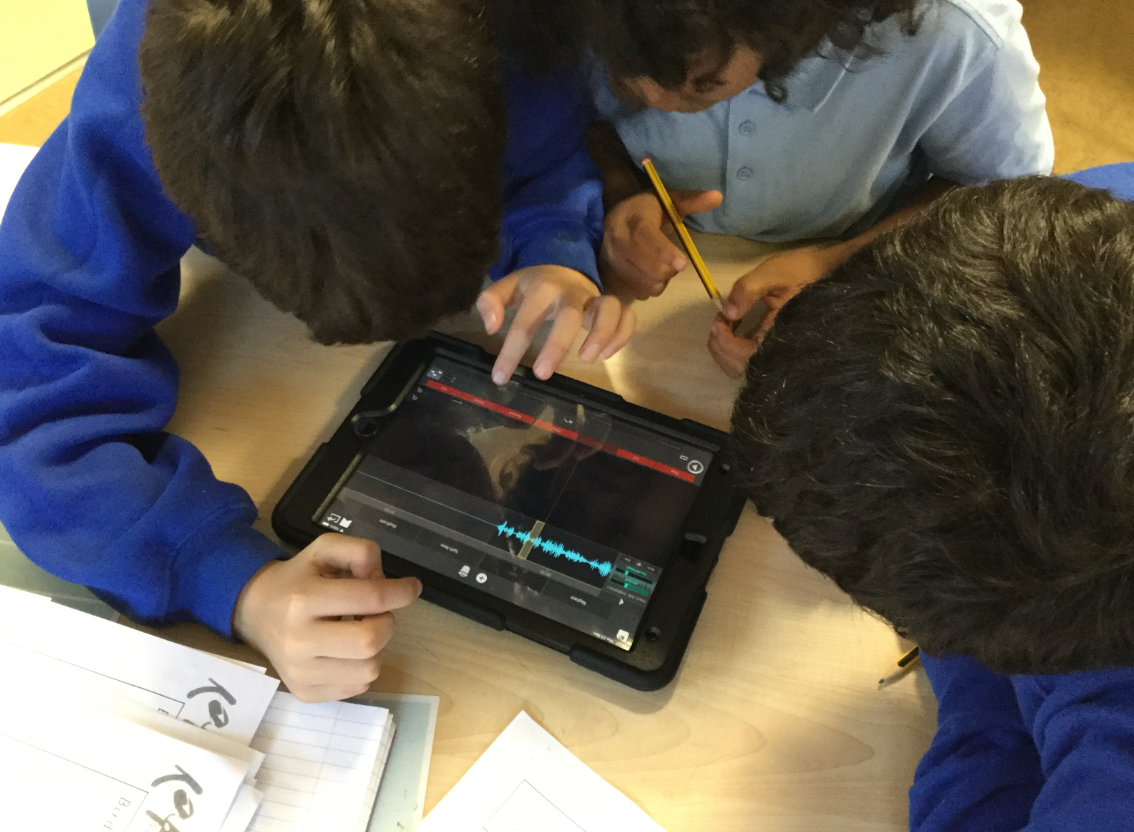
Intent
At Abacus we believe that technology plays a significant role in society. Children are taught the skills, values and ethics to participate effectively and safely in this digital world. Children in our Reception class begin their computing journey by learning to use technology safely through the use of Bee-Bots and iPads. From Key Stage One, children use the National Centre for Computing Education scheme of work to understand the scope of technology, develop technological foundations on which to build and develop their knowledge and support them in developing digital literacy for the future.
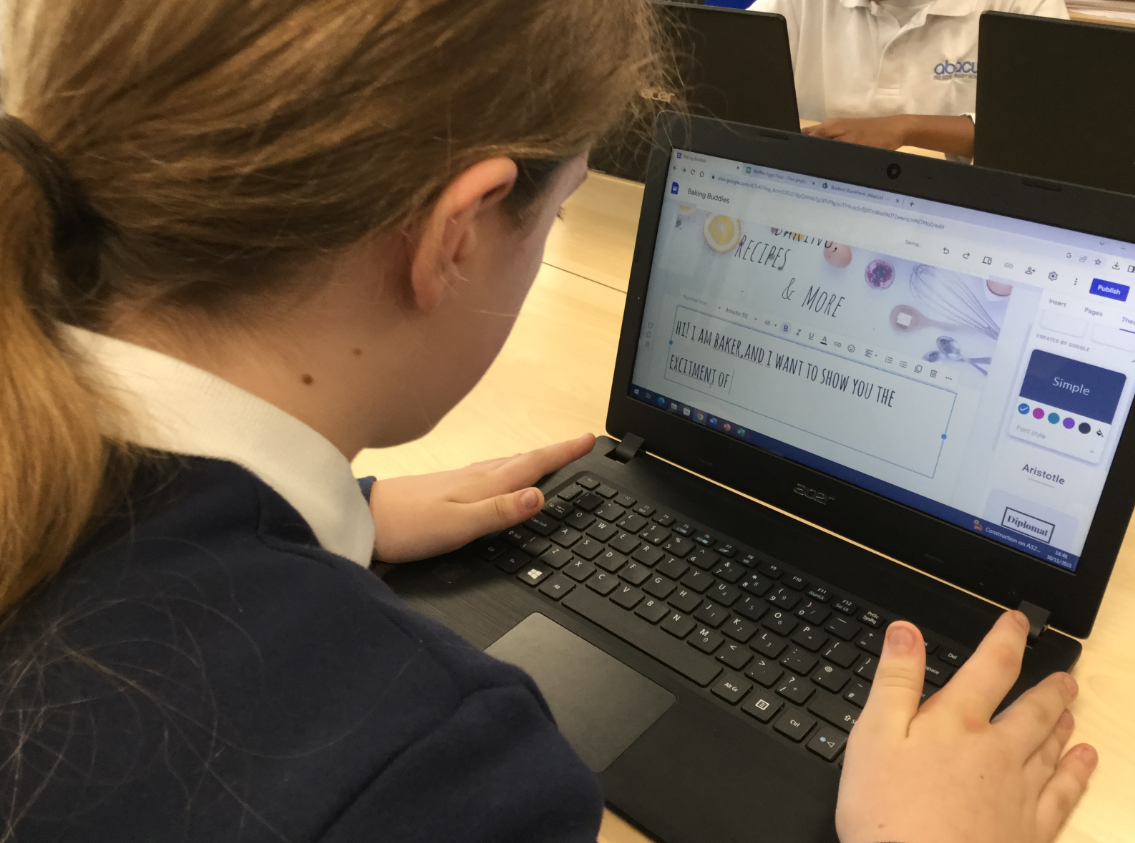 All children at Abacus have access to a class bank of laptops and ipads as well as other technological devices and programmes (beebots, Scratch, micro:bit devices) in which to practise and hone their skills. Children have a thorough knowledge of how to keep safe when using technology and when online through their studies in computing lessons, PSHE and circle times and participating in e-safety days. Children become fluent when using technological vocabulary, for example ‘algorithm’, ‘variable’ and ‘database’. Children investigate, create, present, evaluate and improve their learning, including identifying where computers are beneficial and where paper and pen are more efficient.
All children at Abacus have access to a class bank of laptops and ipads as well as other technological devices and programmes (beebots, Scratch, micro:bit devices) in which to practise and hone their skills. Children have a thorough knowledge of how to keep safe when using technology and when online through their studies in computing lessons, PSHE and circle times and participating in e-safety days. Children become fluent when using technological vocabulary, for example ‘algorithm’, ‘variable’ and ‘database’. Children investigate, create, present, evaluate and improve their learning, including identifying where computers are beneficial and where paper and pen are more efficient.
Our ambitious curriculum prepares children for key stage 3 and beyond- giving all children the strong foundations needed to prepare themselves for a job-market and future that currently doesn’t exist!
E-safety 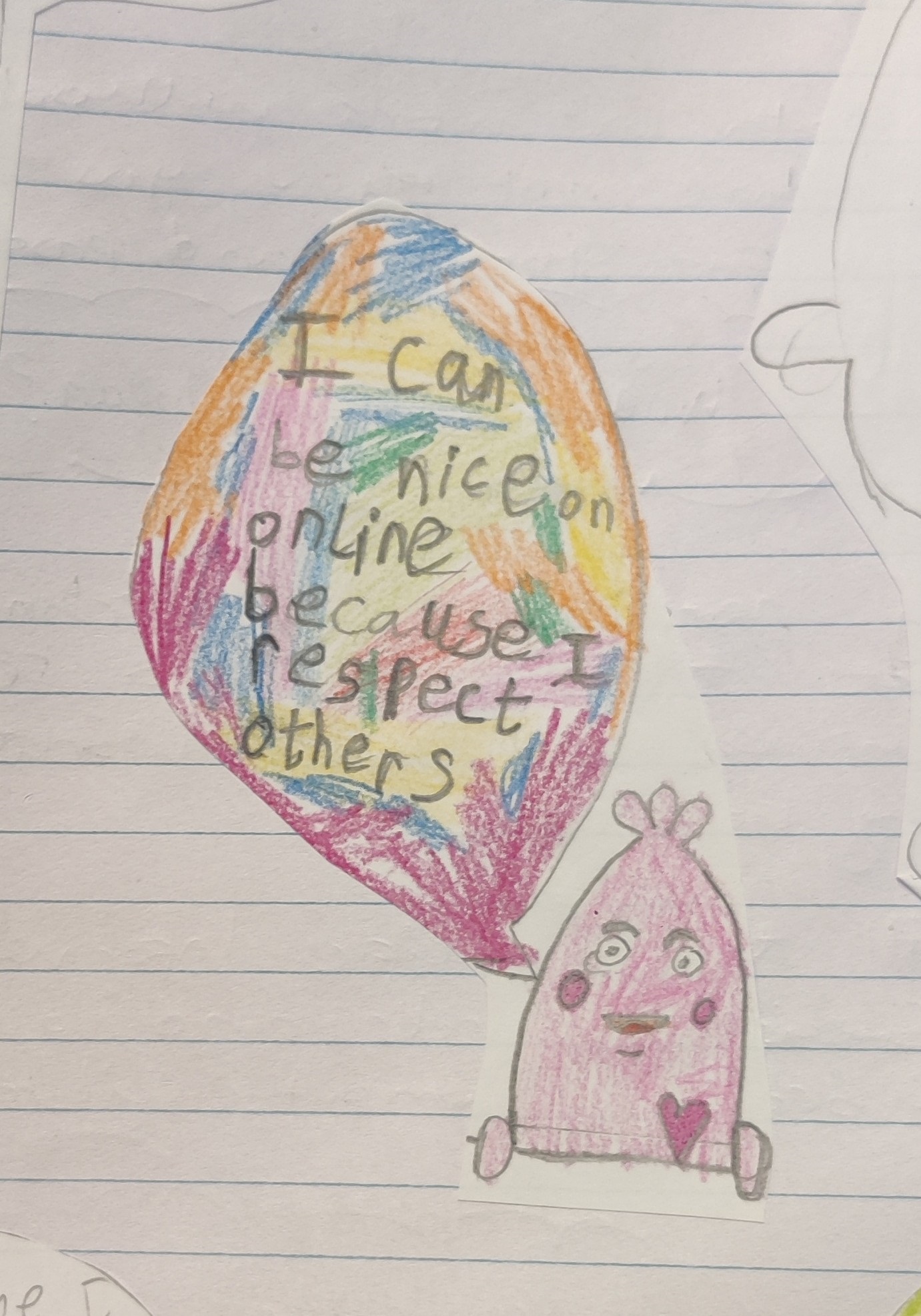
'Little and often' is our strategy when delivering our enhanced programme of e-safety. In addition to celebrating 'e-safety' day annually, children work through scenarios weekly to support their understanding of keeping themselves safe online. Through these in-sessions we have been able to gain up-to-date information about what children are accessing and any new difficulties they face in such a fast-paced field. This ensures that children have the skills and confidence to deal with problems that arise when using technology at home and builds an 'open and honest' culture where children are not afraid to share what they would like support with. In addition, parent workshops in key year-groups and staff training ensure that adults in our community are kept abreast of what is happening in our children's digital world.
Implementation
Computing is taught weekly in all classes from years one to six. Computing is split into 6 units across the year; computing systems and networks, creating media 1&2, data and information and programming A&B. Progression is built within units with 6 lessons building on previous lessons' content as well as on work in units taught in previous year groups and key stages. Each unit builds up to a 'final outcome'. Computing learning is saved digitally as well as presented in class 'floor books'.
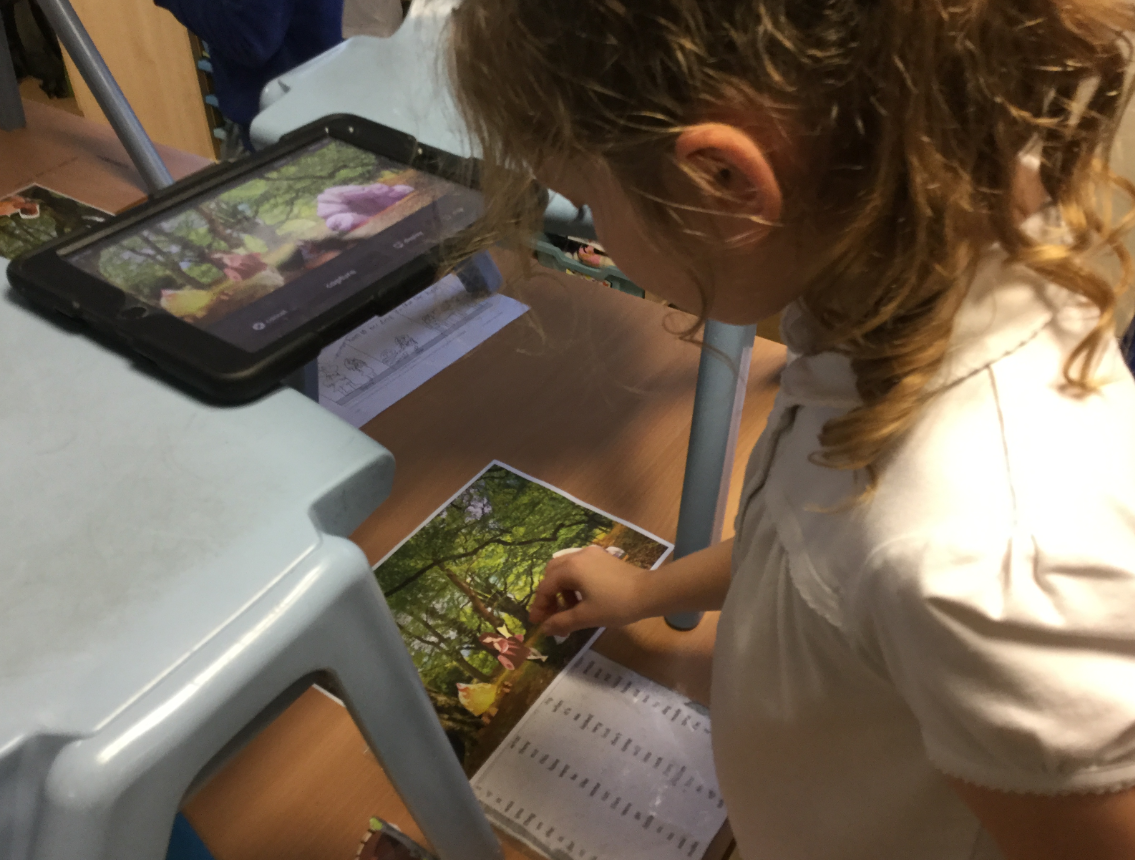 The Teach Computing Curriculum uses the National Centre for Computing Education’s computing taxonomy to ensure comprehensive coverage of the subject. This has been developed through a thorough review of the KS1–4 computing programme of study, and the GCSE and A level computer science specifications across all awarding bodies. All learning outcomes fall under the following ten strands of computing:
The Teach Computing Curriculum uses the National Centre for Computing Education’s computing taxonomy to ensure comprehensive coverage of the subject. This has been developed through a thorough review of the KS1–4 computing programme of study, and the GCSE and A level computer science specifications across all awarding bodies. All learning outcomes fall under the following ten strands of computing:
- Algorithms — Be able to comprehend, design, create, and evaluate algorithms
- Computer networks — Understand how networks can be used to retrieve and share information, and how they come with associated risks
- Computer systems — Understand what a computer is, and how its constituent parts function together as a whole
- Creating media — Select and create a range of media including text, images, sounds, and video
- Data and information — Understand how data is stored, organised, and used to represent real-world artefacts and scenarios.
- Design and development — Understand the activities involved in planning, creating, and evaluating computing artefacts.
- Effective use of tools — Use software tools to support computing work.
- Impact of technology — Understand how individuals, systems, and society as a whole interact with computer systems.
- Programming — Create software to allow computers to solve problems.
- Safety and security — Understand risks when using technology, and how to protect individuals and systems.
Please see below the curriculum coverage document for units in key stages one and two. You will find the full scheme of work and unit breakdowns here: https://teachcomputing.org/curriculum
Impact
Assessment
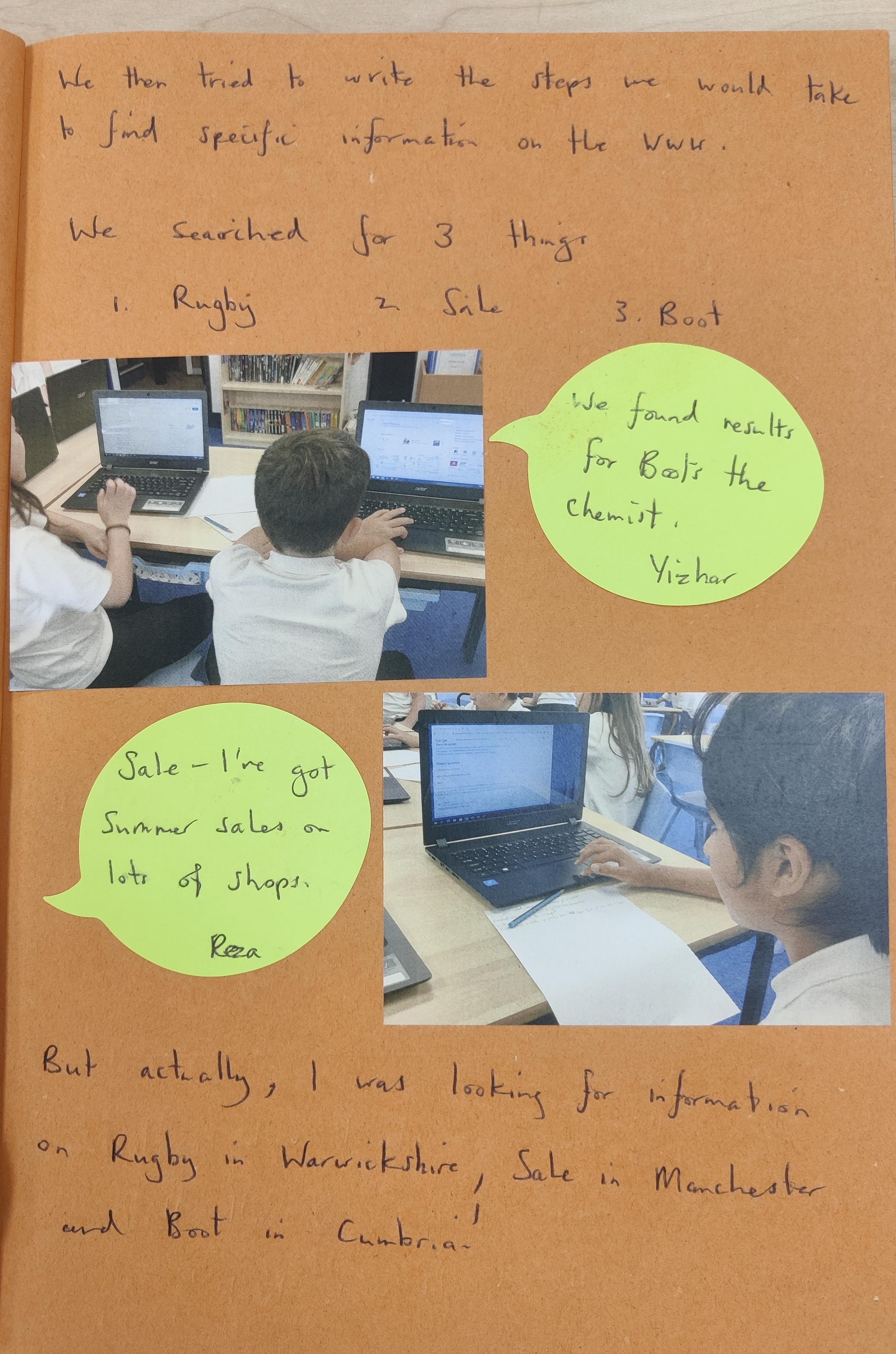 Teachers use formative assessment during computing lessons to evaluate children's skills and target support during lessons and usees this information to plan for further support in future lessons using a range of methods to develop and build upon taught skills and close gaps in understanding.
Teachers use formative assessment during computing lessons to evaluate children's skills and target support during lessons and usees this information to plan for further support in future lessons using a range of methods to develop and build upon taught skills and close gaps in understanding.
A clear sequence of learning builds within each Teach Computing unit and from previous units to a final outcome. Staff use teacher judgement, children's outcomes and an evaluation grid to track children's development in computing. Subject leads use this information to support and inform and adapt where necessary. Outcomes are recorded in floor books and in digital outcomes. Staff use e-safety sessions to gather information, develop children's confidence and skills and inform future sessions.
THRIVE-ing in Computing
"I like that we learn about online safety to keep us safe at home." - Year 3 pupil.
"My teacher encourages us a lot when we are struggling and gives us really clear instructions." - Year 3 pupil.
"Because computing is so much fun, it sticks with me." - Year 3 pupil.
"I really enjoyed making podcasts in computing lessons." - Year 4 pupil.
"Our teachers plan our learning very well." - Year 4 pupil.
"Skills in computing can be used in geography, for example to discover locations." - Year 4 pupil.
EYFS
Children in reception investigate technology in many different ways. Whilst specific statements regarding use of technology was removed from Development Matters, children explore technology through all areas of the EYFS curriculum.
Through focus groups and free-play activities in the learning environment, children are taught to how to use technology safely. Children learn what to do if a message they don't understand pops up as well as how to stay safe online. This is taught in age-appropriate ways and is revisited throughout the year.
Examples of computing in EYFS:
- taking photos on the ipad
- interacting with games on the interactive white board and ipads
- programming beebots
- communicating with walkie talkies
- playing with technological toys
- reading stories
- online songs and games

